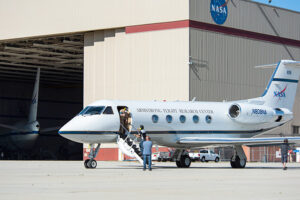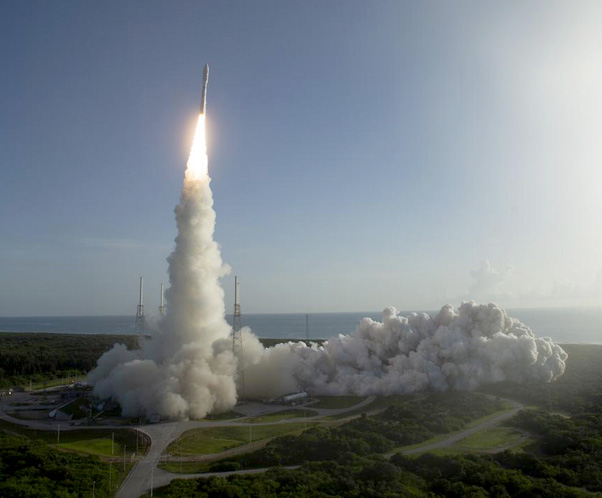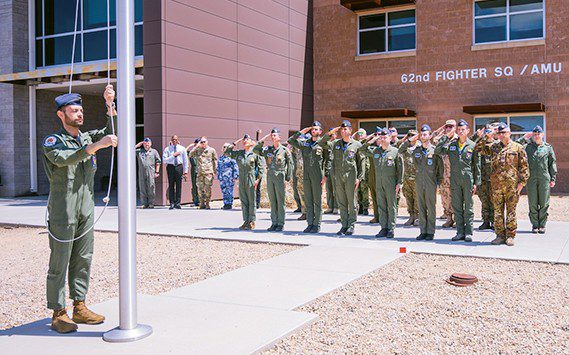When the COVID-19 pandemic delayed NASA Earth science missions, the agency’s airborne science aircraft such as the C-20 and G-III Gulfstream had a new mission — get the Mars Perseverance 2020 team from California to NASA’s Kennedy Space Center in Florida to prepare the rover for launch.
The mission is timed for when Earth and Mars are closest to each other and ideal for the rover and the Integrity Mars Helicopter to travel and land on Mars.
That is, it takes less power to travel to Mars now, compared to other times when Earth and Mars are in different positions in their orbits. NASA’s Mars 2020 mission launched June 30, 2020 which avoided the need to wait more than two years for the planets to align again.
The first support flight used the C-20. The aircraft had special scientific equipment removed from the interior and additional seats were installed for NASA’s Jet Propulsion Laboratory in Southern California crewmembers. The aircraft delivered the first group of Perseverance team members to Kennedy on March 23 and several similar flights followed.
“Getting the Perseverance team and gear safely where they need to go is just the latest in Armstrong’s affiliation with Mars exploration,” said Wayne Ringelberg, chief research pilot at NASA’s Armstrong Flight Research Center in California. “We hosted Mars Exploration Rover evaluations at Roger’s Lake in 2003, and in 2011 we tested the descent radar used on Curiosity’s landing in 2012.”

Trips began at sunrise, with Armstrong’s flight surgeon Dr. Dwight Peake, performing health screenings and protective equipment fittings. In addition to properly fitting M-95 masks and trainings on their use, JPL staff received aircraft egress training, ensuring they knew how to be safe to fly. By sundown in Southern California, the aircraft crew would return home with the mission team members.
“One of the best demonstrations of One NASA I’ve seen in a while is playing out right now with our Perseverance rover.” said Thomas Zurbuchen, associate administrator of the Science Mission Directorate. “Together we are persevering.
Armstrong has also worked closely with a flight crew from NASA’s Wallops Flight Facility in Virginia for use of their C-130 cargo plane to transport hardware for the Perseverance rover mission. On May 10, nearly 5,000 pounds of mission flight hardware, test gear and equipment for the rover were loaded onto the C-130 aircraft and delivered to KSC.
Multiple NASA centers and several different industry organizations have all worked closely together to follow through with critical activities pertinent to meeting the tight launch window. To keep mission costs and risks as low as possible, the Mars 2020 design is based on NASA’s successful Mars Science Laboratory mission architecture, including its Curiosity rover and proven landing system
The Perseverance rover’s astrobiology mission will search for signs of ancient microbial life. It will also characterize the planet’s climate and geology, collect samples for future return to Earth and pave the way for human exploration of the Red Planet. The mission is part of a larger program that includes missions to the Moon as a way to prepare for human exploration of the Red Planet. Charged with returning astronauts to the Moon by 2024, NASA will establish a sustained human presence on and around the Moon by 2028 through NASA’s Artemis lunar exploration plans.












